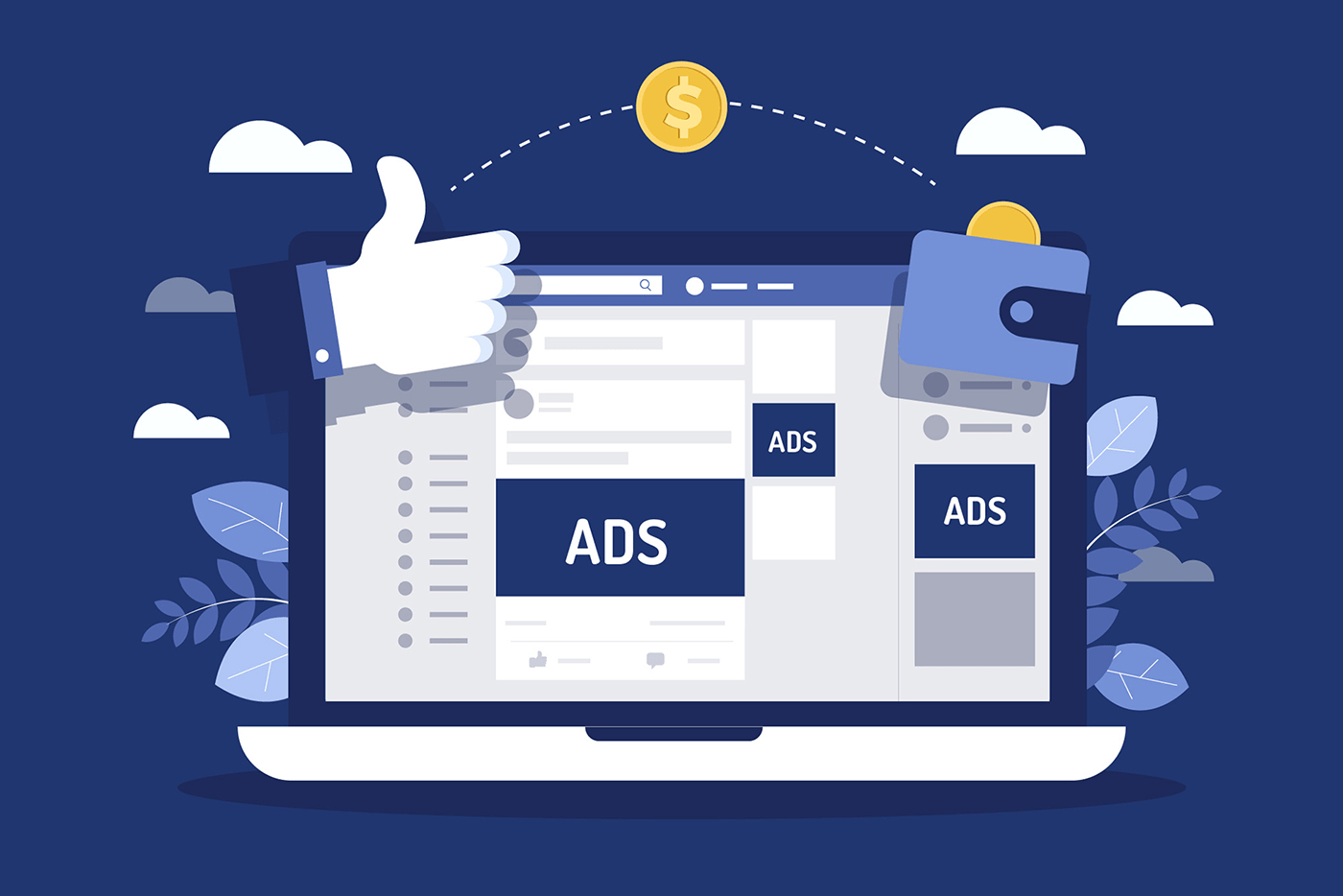In 2025, advertising is no longer just about showing up—it’s about showing up smart. With consumer behaviors shifting rapidly and platforms evolving faster than ever, brands and businesses must be more intentional with every rupee or dollar spent. The question isn’t “Should I advertise on Meta, Google, or YouTube?” but rather, “How should I split my budget across these platforms to get the best ROI?”

1. Understand Each Platform’s Role in the Funnel
Before allocating budgets, understand what each platform does best:
- Google Ads = Demand Capture
Targets users actively searching for products/services. Great for bottom-of-funnel (BOFU) conversions. - Meta Ads (Facebook & Instagram) = Demand Generation
Excellent for brand awareness, retargeting, and social proof. Ideal for top and middle of funnel (TOFU + MOFU). - YouTube Ads = Visual Impact & Consideration
A storytelling platform. Great for building emotional connections and explaining value in longer form.
2. Define Your Goal First
You can’t divide the budget until you’re clear on your objective:
- Want leads/sales quickly? Lean more on Google.
- Launching a new product or brand? Allocate more to Meta and YouTube.
- Building long-term awareness? Focus on YouTube + Meta.
- Need local footfall? Combine Google (Local) + Instagram Reels Ads.
3. Sample Budget Breakdown (₹30,000 – ₹1,00,000/Month Example)
If the goal is Direct Sales / Leads:
| Platform | % Allocation | Why? |
|---|---|---|
| Google Search Ads | 50% | High-intent users ready to buy |
| Meta Ads (FB/IG) | 30% | Retargeting + Lead Gen forms |
| YouTube Ads | 20% | Retargeting + Brand trust videos |
If the goal is Brand Awareness / Product Launch:
| Platform | % Allocation | Why? |
|---|---|---|
| Meta Ads | 50% | Visual storytelling + mass reach |
| YouTube Ads | 30% | Video narrative for new product/service |
| Google (Search + Display) | 20% | Supplementary visibility on queries & interest targeting |
If the goal is Full-Funnel Strategy:
| Platform | % Allocation | Why? |
|---|---|---|
| Meta | 40% | TOFU (awareness) + MOFU (retargeting) |
| 35% | BOFU (intent-driven conversions) | |
| YouTube | 25% | Mid-funnel education & emotional engagement |
4. Follow the 70-20-10 Rule
Whether your budget is ₹10,000 or ₹1,00,000, follow this flexible allocation rule:
- 70% Proven performers: Channels/campaign types you already know work (e.g., Meta retargeting, Google search).
- 20% Growth testing: New ad formats (like IG Threads or Google Performance Max).
- 10% Experimental: Test innovative ideas (YouTube Shorts, influencer integrations, AI-generated video ads).
5. Avoid These Budgeting Mistakes
- Over-indexing on one platform without data
- Ignoring creative fatigue on Meta (change ads every 10-14 days)
- Running YouTube ads without skippable options (hurts engagement)
- Putting too much budget in broad Google campaigns with no negative keywords
- Failing to set up conversion tracking and attribution models
6. Pro Tips for 2025
- Use Performance Max smartly (Google): Automate, but always supervise
- Meta Advantage+ campaigns are powerful for scaling, but test with small budgets first
- YouTube Shorts ads are cost-effective for short attention spans—great for younger audiences
- Combine first-party data (emails, website visitors) with lookalike audiences on Meta & Google
Final Thoughts
In 2025, ads don’t win—strategically planned ads do. Don’t blindly split your budget equally across Meta, Google, and YouTube. Instead, understand where your customer is in their journey, and align your platform strategy accordingly. Your budget is not just money—it’s momentum. Allocate wisely, test continuously, and optimize relentlessly.
In 2025, advertising is no longer just about showing up—it’s about showing up smart. With consumer behaviors shifting rapidly and platforms evolving faster than ever, brands and businesses must be more intentional with every rupee or dollar spent. The question isn’t “Should I advertise on Meta, Google, or YouTube?” but rather, “How should I split my budget across these platforms to get the best ROI?”
1. Understand Each Platform’s Role in the Funnel
Before allocating budgets, understand what each platform does best:
- Google Ads = Demand Capture
Targets users actively searching for products/services. Great for bottom-of-funnel (BOFU) conversions. - Meta Ads (Facebook & Instagram) = Demand Generation
Excellent for brand awareness, retargeting, and social proof. Ideal for top and middle of funnel (TOFU + MOFU). - YouTube Ads = Visual Impact & Consideration
A storytelling platform. Great for building emotional connections and explaining value in longer form.
2. Define Your Goal First
You can’t divide the budget until you’re clear on your objective:
- Want leads/sales quickly? Lean more on Google.
- Launching a new product or brand? Allocate more to Meta and YouTube.
- Building long-term awareness? Focus on YouTube + Meta.
- Need local footfall? Combine Google (Local) + Instagram Reels Ads.
3. Sample Budget Breakdown (₹30,000 – ₹1,00,000/Month Example)
If the goal is Direct Sales / Leads:
| Platform | % Allocation | Why? |
|---|---|---|
| Google Search Ads | 50% | High-intent users ready to buy |
| Meta Ads (FB/IG) | 30% | Retargeting + Lead Gen forms |
| YouTube Ads | 20% | Retargeting + Brand trust videos |
If the goal is Brand Awareness / Product Launch:
| Platform | % Allocation | Why? |
|---|---|---|
| Meta Ads | 50% | Visual storytelling + mass reach |
| YouTube Ads | 30% | Video narrative for new product/service |
| Google (Search + Display) | 20% | Supplementary visibility on queries & interest targeting |
If the goal is Full-Funnel Strategy:
| Platform | % Allocation | Why? |
|---|---|---|
| Meta | 40% | TOFU (awareness) + MOFU (retargeting) |
| 35% | BOFU (intent-driven conversions) | |
| YouTube | 25% | Mid-funnel education & emotional engagement |
4. Follow the 70-20-10 Rule
Whether your budget is ₹10,000 or ₹1,00,000, follow this flexible allocation rule:
- 70% Proven performers: Channels/campaign types you already know work (e.g., Meta retargeting, Google search).
- 20% Growth testing: New ad formats (like IG Threads or Google Performance Max).
- 10% Experimental: Test innovative ideas (YouTube Shorts, influencer integrations, AI-generated video ads).
5. Avoid These Budgeting Mistakes
- Over-indexing on one platform without data
- Ignoring creative fatigue on Meta (change ads every 10-14 days)
- Running YouTube ads without skippable options (hurts engagement)
- Putting too much budget in broad Google campaigns with no negative keywords
- Failing to set up conversion tracking and attribution models
6. Pro Tips for 2025
- Use Performance Max smartly (Google): Automate, but always supervise
- Meta Advantage+ campaigns are powerful for scaling, but test with small budgets first
- YouTube Shorts ads are cost-effective for short attention spans—great for younger audiences
- Combine first-party data (emails, website visitors) with lookalike audiences on Meta & Google
Final Thoughts
In 2025, ads don’t win—strategically planned ads do. Don’t blindly split your budget equally across Meta, Google, and YouTube. Instead, understand where your customer is in their journey, and align your platform strategy accordingly. Your budget is not just money—it’s momentum. Allocate wisely, test continuously, and optimize relentlessly.
Visit GoDigital360Degree for more blogs!


Leave a Reply